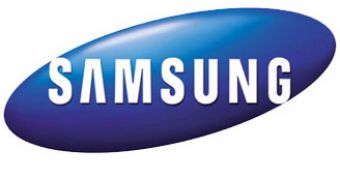South Korean mobile phone maker Samsung announced on Wednesday the development of its first Long Term Evolution (LTE) modem. The new device is compliant with the 3rd Generation Partnership Project (3GPP) standards, the company states, uses Release 8 of the 3GPP, and can prove to be a great upgrade over previous standard released in December 2008.
The new LTE modem comes under the name of Kalmia and can deliver download speeds of up to 100Mbps, as well as upload speeds of up to 50Mbps, on the 20MHz frequency bandwidth. According to the phone maker, the new LTE chipset can enable a mobile device download of a high-definition movie file (800MB) in about one minute at the top download speed, while also being able to stream four high-definition movies simultaneously.
A 3G baseband modem based on the Release 7 standard from Samsung has been developed, and it comes under the name of Broom. Featuring an HSPA (High Speed Packet Access) Evolution platform, it can offer download speeds of up to 28Mbps and upload speeds of 11.5 Mbps, proving to be twice faster than the Release 6 HSPA Service.
Samsung also announced that the new LTE modem sports full compatibility with earlier standards, mainly due to the fact that both LTE and HSPA evolution models sport the same platform. The company states that this technology enables wireless carriers to either enhance their HSPA services or to upgrade to a LTE network simultaneously.
“Our latest LTE standard chip-set will help realize the world’s first commercial LTE device,” said JongKyun Shin, Executive Vice President and head of Mobile Communications Division, Samsung Electronics. “Currently, Samsung is partnering with LTE developers preparing for a LTE service launch in 2010 and will unveil a variety of LTE devices of different types and with diverse features and options, including memory cards, handheld devices and MID.”
In addition to the development of LTE, Samsung has also been focusing on WiMAX, and it announced its mobile WiMAX (IEEE 802.16e) modem chip. This way, the company shows its interest in the next generation major wireless mobile communications systems.

 14 DAY TRIAL //
14 DAY TRIAL //